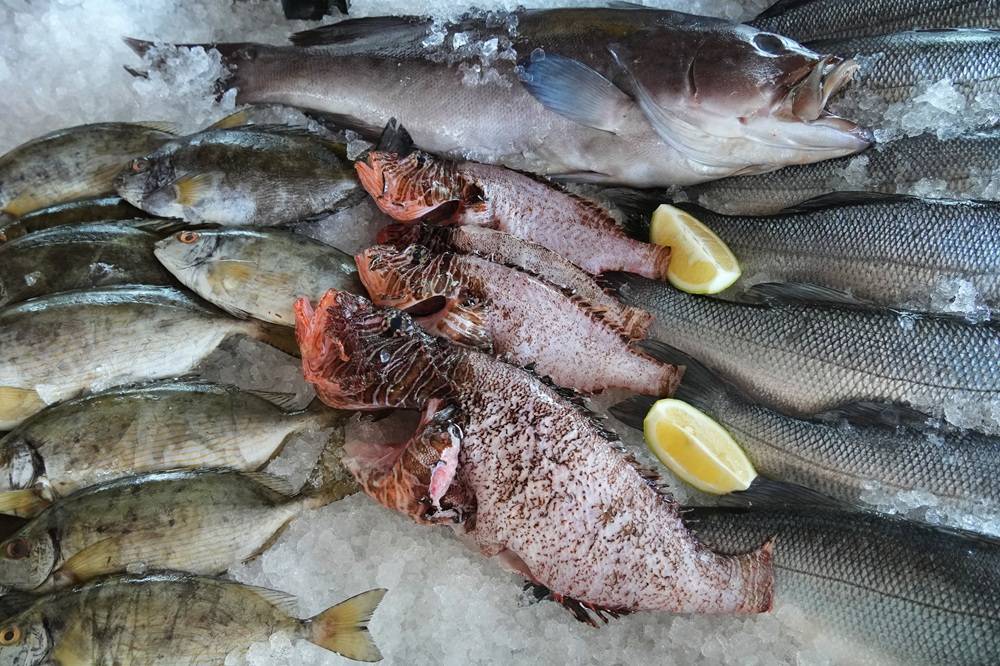King Charles III, who is 75 and battling cancer, will travel halfway around the world to Samoa this month to take his seat as the head of the Commonwealth and highlight the existential threat that climate change poses for Pacific island nations.
He will also return to Australia, a country that played a key role in Charles’ adolescence — giving him the chance to be an almost normal teenager during the six months he spent at Timbertop school outside Melbourne in the 1960s. The visit marks the first time since he assumed the throne that Charles will visit one of the 14 countries outside the United Kingdom where the monarch is head of state.
The tour, from Friday to Oct. 26, is a watershed moment for Charles, who is slowly returning to public duties after a hiatus following his cancer diagnosis in early February. The decision to undertake such a long journey is seen as a reflection of his workaholic tendencies and his wish to put his stamp on the monarchy after waiting some seven decades to become king, The AP reported.
“He doesn’t just want to be a sort of caretaker king, waiting in a sense for his own death and the accession of William,’’ said Anna Whitelock, a professor of the history of the monarchy at City University, London, referring to Prince William. “He wants to be active in the world.’’
Charles’ globetrotting itinerary comes as he works to shore up support for the monarchy at home and abroad two years after ascending the throne.
It’s a challenge the king will face in Australia, a country with a strong anti-monarchy movement.
Charles and Queen Camilla arrive in Australia with a schedule that includes a visit to Parliament House in Canberra, the Australian War Memorial and the Aboriginal and Torres Strait Islander memorial. The king will also meet with professors Georgina Long and Richard Scolyer to learn about their work on melanoma, one of Australia’s most common cancers, while the queen’s program will include joining a discussion on domestic violence.
Charles first visited Australia as a 17-year-old, when he spent two terms at Timbertop, chopping wood, going on long hikes and meeting boys who welcomed him, unlike his classmates at Gordonstoun in Scotland. The future king returned to the UK a more confident, disciplined young man, according to his biographer, Jonathan Dimbleby.
“Part of this change was in the nature of adolescence, but some of it lay in the opportunity he had been given in Australia to find himself — free from Gordonstoun, away from his parents, away from the British press, away from the suffocating certainties of royal life,” Dimbleby wrote in 1994.
Charles later toured the country as a young prince and visited again soon after he married his first wife, the late Princess Diana.
But this time he returns as king not only of the United Kingdom, but also of Australia. That’s not an easy thing to be.
Around 45% of Australians voted to ditch the monarchy in 1999, and Prime Minister Anthony Albanese’s Labour Party has long aimed to hold a second referendum on the issue. But those plans were put on hold after Australians overwhelmingly rejected a plan to give greater political rights to Indigenous people in a referendum held last year.
While many Australians still favor becoming a republic, it isn’t central to the national debate these days, said Ian Kemish, a former Australian diplomat. People are more focused on the economy, the rising cost of living and the ascendance of China.
The king’s visit helps to bolster ties between Australia and the UK, which recently signed a tripartite security agreement with the United States. The pact, known as AUKUS, will equip the Australian navy with nuclear-powered submarines for the first time, while also increasing military cooperation and information sharing in other areas.
“In my view, we have bigger fish to fry here in Australia right now than the question of whether we should continue as part of a constitutional monarchy or become a republic,” Kemish said.
As important as Australia is to Charles, his lifelong passion is the environment, and climate change is at the top of the agenda for the Commonwealth Heads of Government Meeting in Samoa. The Commonwealth is a voluntary association of 56 independent nations, most of which have historic ties to the UK.
Charles has built a reputation as an outspoken environmental campaigner, calling on world leaders to work together to curb the carbon emissions that cause global warming. He will attend the summit for the first time as head of the Commonwealth, a role first championed by his mother, the late Queen Elizabeth II.
Island nations like Samoa are on the front lines of the climate emergency, with the United Nations saying they are already feeling the effects of rising sea levels, ocean acidification and more intense tropical storms.
Charles is a “genuine eco-warrior” who has earned the respect of people around the world for his stance on climate change, Whitelock said.
“Focusing specifically around environmental issues, I think, will really play to his strengths and show that actually he has a really meaningful role he could play in the Commonwealth,” she said. “And I think he knows that and will absolutely relish that.”
Charles’ presence in Samoa may help focus international attention on the threat faced by Pacific island nations, said Kemish, who once served as Australia’s ambassador to Papua New Guinea.
“These are the countries that will go below the surface of the ocean first and where the impact can be seen most dramatically,’’ Kemish said. “And I think it’s important for global attention to be brought to this part of the world. So, yes, I think a bit more than a photo opportunity. We certainly hope so.”










